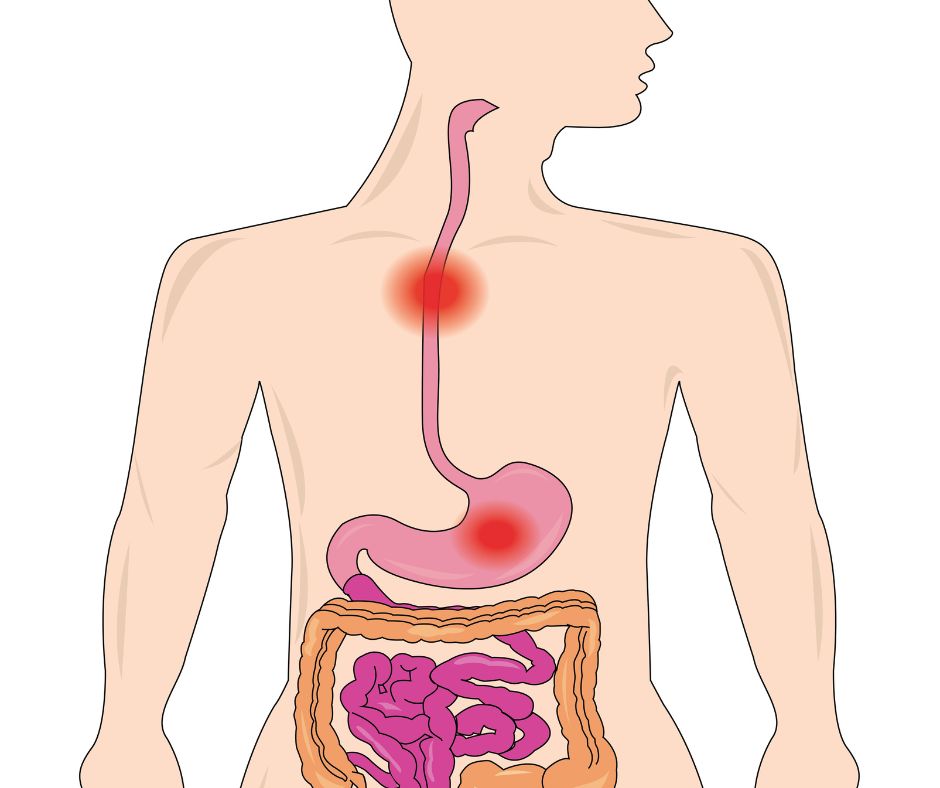A sip of health in ESO

In medical terms, ESO stands for Esophagitis, which is inflammation that damages the esophagus lining. To understand sip of health in ESO, we must know the esophagus. Let’s read this blog for more information.
The esophagus is a muscular tube and hollow structure that starts from the mouth to the stomach. The esophagus is the passage of food where it carries the water and food from mouth to stomach. The tube’s muscular hollow part helps food quickly be propelled into the stomach. Simply put, it’s a line that sends food to the stomach.
The esophagus causes many problems, but the common include heartburn or acid reflux and the burning feeling in your chest; acid reflux is common. However, it may be due to extra food intake, bacteria, viral infections, or stale food intake. In this process, the acid in the stomach to clean it with germs comes into the esophagus and can also feel into the throat.
Esophagitis

It is when there is an inflammation in the lining of the esophagus. In medicine, this irritation is termed Esophagitis. It has symptoms of sore throat, acid reflux, and problem swallowing food. One sign includes an ulcer that, if not adequately treated, can cause severe problems.
Ulcer
An ulcer is an extended form of untreated or not adequately treated Esophagitis. An ulcer is a scar and narrowing of the esophagus. A peptic ulcer is common, which refers to sores, wounds, internal openings in the stomach, and lower esophagus lining.

These formed because of bacteria named H. pylori. Other symptoms include erosion and acid reflux. Its types include gastric Ulcer, esophageal Ulcer, and duodenal Ulcer. An esophageal ulcer is a particular break in the lining of the esophageal muscles.
Symptoms
It includes problems in swallowing, i.e., dysphagia, sore throat, husky voice, acid reflux, nausea, vomiting, epigastric abdominal pain, reduction in appetite, and cough. When this is severe, it can lead to chest pain, and mainly symptoms are tough enough to meddle with your capability to swallow appropriately, headache, muscle aches, or fever.
A sip of health in ESO
As the American College of Gastroenterology stated, Ulcer patients do not have a specific diet to follow. Food options don’t cause ulcers or cause them more harm.
There is trouble in eating food, and because the passage is damaged, you may have difficulty swallowing the food, which ultimately leads you to lose weight.
It requires having a good or smooth meal in the form of fluids or juices to take a sip of health while in esophageal cancer.
This cancer narrows the esophagus’s mucus, which causes you not to swallow heavy food and require a sip of healthy nutrients. symptoms include
- Appetite suppression
- Dryness, blisters, and discomfort in your throat and esophagus
- Inability to swallow
- Nausea and vomiting
According to the Study in 1939 by WL Watson, after reviewing 771 EC cases, Thermal discomfort is most likely the most consistent risk factor for esophageal cancer.”. If hot liquids induce EC, they can explain a high proportion of all instances in societies where drinking tea, coffee, or maté can cause an ulcer. It has been argued that the temperature of hot meals and beverages can drop swiftly in the mouth and throat, avoiding thermal damage to the esophageal mucosa.
After the Study, the results showed that drinking hot beverages—tea and coffee- impact cancer risk through temperature effects and chemical constituents. Since the H. pylori bacterium is now recognized to be a significant cause of ulcer development, researchers are looking into which foods may have a role in combating infection. Moreover to taking the antibiotics and acid-blocking drugs prescribed by your doctor for ulcer therapy, the dietary sources may be beneficial in fighting ulcer-causing bacteria:
- cabbage
- radishes
- fruit
- raspberries
- blackberries
- strawberries
- cherries
- red bell peppers
- carrots
- broccoli
- Kale and spinach are examples of leafy greens.
- yogurt, kefir, miso, sauerkraut, and kombucha are all probiotic-rich foods.
- olive oil and other vegetable oils
- honey garlic green tea licorice turmeric
The above food contains the nutrients that help the patient fight Ulcers and bacteria.
Antioxidant-rich foods include blueberries, cherries, and bell peppers—calcium and B vitamins are found in leafy greens such as kale and spinach.
Sulforaphane, a chemical found in broccoli, has anti-H. Pylori action. According to some studies, the fatty acids found in olive oil can also aid in treating an H. pylori infection. Clinical studies have shown that fermented probiotic meals are beneficial. A Reliable Source for Ulcer Treatment These foods, which include miso, sauerkraut, and kimchi, may help to avoid reinfection.
According to research, turmeric is a possible ulcer therapy, and it has natural ingredients to help reduce ulcers. Garlic, decaffeinated green tea, and licorice round out the foods to include in your diet.
Food is avoided during Ulcer.
Acid reflux occurs in some patients who have ulcers. Certain meals can relax the bottom section of the esophagus, known as the lower esophageal sphincter, or LES, in certain people. A loosened LES allows acid to back into the esophagus, causing heartburn, indigestion, and discomfort.
- Foods that may aggravate acid reflux include:
- coffee, chocolate, and spicy food
- Grapefruit and tomato are acidic foods that contain alcohol.
- caffeine
- Overeating and eating two to three hours before bedtime may further aggravate Symptoms.
Conclusion
Antibiotics certainly are required to treat ulcers caused by H. pylori. Another medical treatment is also there, but the most important is to escape the food that makes your Ulcer severe. Adherence to your treatment plan and continuous communication with your doctor is the most excellent strategies to ensure success.
Intake food that is rich in calories and protein. Whole, full-fat dairy products, nuts, and meats are examples. Some examples are smoothie shakes containing protein powder, peanut butter, beans, eggs, cheese, and yogurt.
If swallowing is difficult, use gravies or sauces to soften your meals. Cut up the meat into tiny pieces. Scrambled eggs, spaghetti, custard, pudding, and soups and stews prepared with ground beef are all examples. yogurt.








